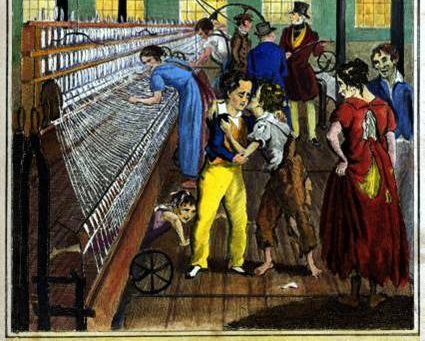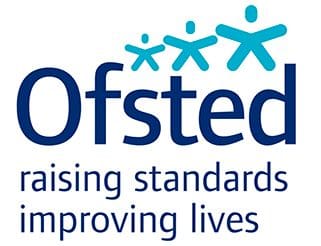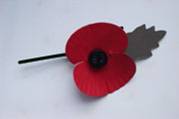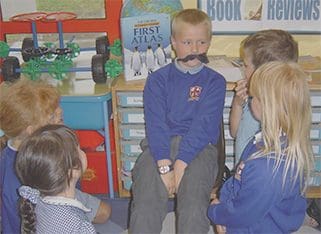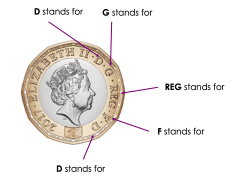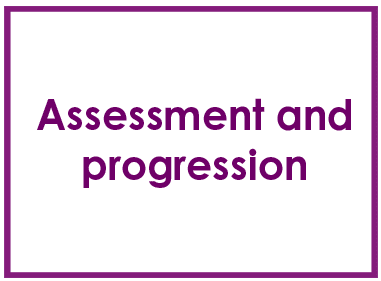
Even though we will have had the National Curriculum for history ( albeit in different guises) for nearly 30 years, there hasn’t been a great deal of attention paid to, let alone progress with, the thorny issue of assessment. Up til now the general feeling has been that assessing the Core it quite enough thank you. But now the time seems right to really lick this one into shape. The advent of OFSTED’s deep dives focus on progression and assessment makes it even more timely.
My continuing work with schools on history assessment at KS1 and 2 which is now rapidly rising up the school agenda, suggests that applying the following 12 principles leads to the best results.
It needn’t be that difficult if you follow a few simple rules.
- Only assess in depth those areas that you are teaching in depth and planning for progression in detail. When you look at your key questions and learning objectives, you will know where to look for really focused work. This is where you assess. Plot this on an A3 chart. You will see that assessment follows progression .
- No more than 2 strands should be assessed within any given topic. By strand I mean the BIG FIVE ( cause, change, characteristic features, interpretations, enquiry)
- It is OK to start with one strand per assessment and build up the picture of pupils’ historical understanding gradually. Schools I am working closely with have usually gone for 2 assessment s per topic each covering a separate strand. As you gain confidence you can have a 2-part assessment ( see example on women in Ancient Greece which has an enquiry question followed by an interpretations question).
- I would assess a key strand (cause, change, characteristic features, interpretations, enquiry) at least once in the lower key stage and again in the upper as a bare minimum which can be built up later. This way you can clearly see progression Y3/4 to Y5/6 which can then be more nuanced so that it shows progress year on year.
- The features you are looking for in pupils’ answers are the things you charted on your progression map and included as learning objectives in your medium-term planning . These features then become your markscheme.
- Occasional stand-alone knowledge tests are useful but don’t really help with the overall assessment. You can make a judgement about pupils’ historical knowledge through the context of the assessment, as you’ll see below.
- Work in pupils’ topic books can be sued for assessment but the most reliable pieces are those headed with a question, so that you can see pupils own response.
- On the site there are examples of 12 common assessment tasks for KS2. Each has a detailed markscheme which can be shared with the pupils
- Ancient Egypt ( characteristic features of society; focus on religious beliefs and afterlife)
- Stone Age to Iron Age (change and continuity)
- Roman Britain – Claudius invasion (cause); Boudicca (interpretations)
- Saxon Viking (interpretations)
- Tudor (cause & enquiry)
- Maya (characteristic features)
- Victorian (change)
- Ancient Greece (enquiry &interpretations)
- World War Two (characteristic features)
Many common assessment tasks have examples of pupils’ work, benchmarked against national standards too.
- Let staff know which the common assessment tasks are and let them see the markscheme but insist that the pupils don’t see the task before they complete it.
- Common assessment tasks are not the only source but they are likely to be more reliable as they have been tested nationally and are benchmarked against national standards
- You will want to set extended pieces of work which assess how well pupils can structure sustain and support an argument or answer a question relevantly
- Enquiry is often best assessed at some stage by means of more open-ended assignments. In my experience, local history provides a wonderful example to see how well pupils can ask as well as answer questions, follow lines of enquiry , blend information from different sources etc

